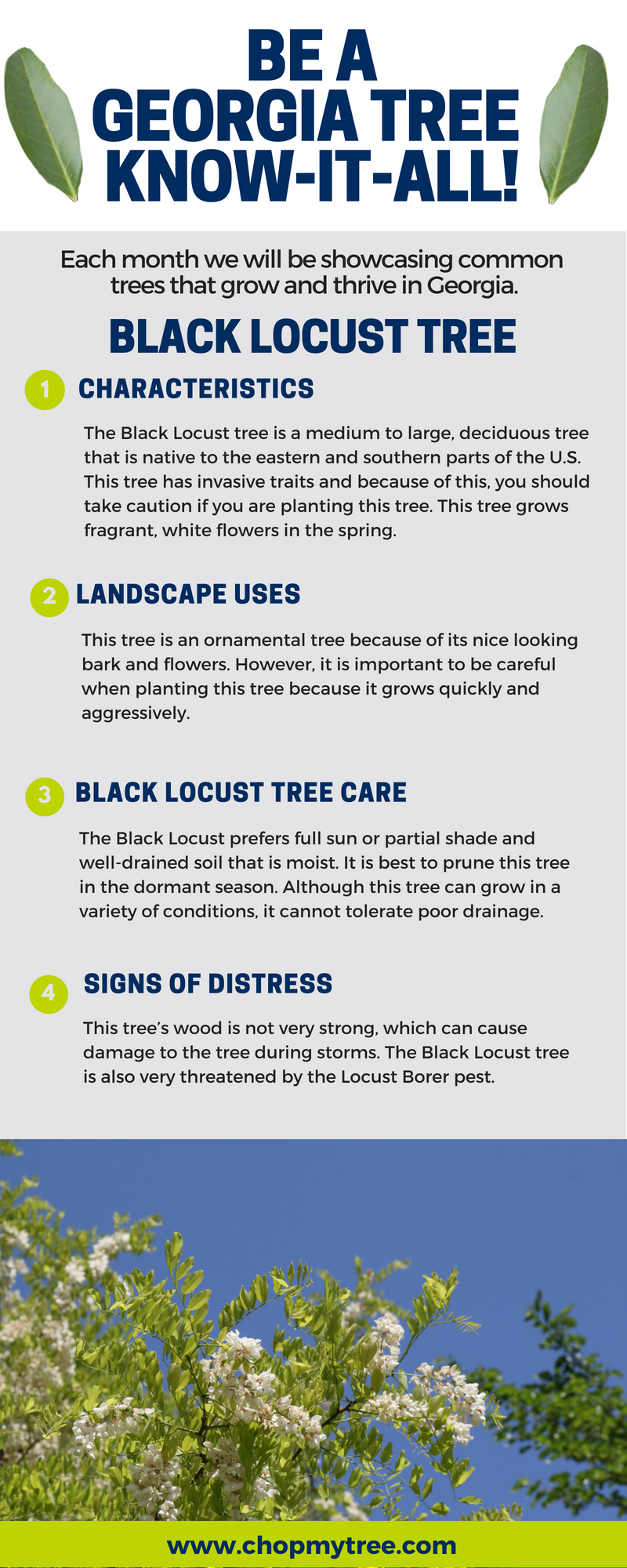Tree Removal Aftercare: Best Practices For Landscape Recovery
Tree Removal Aftercare: Best Practices For Landscape Recovery
Blog Article
Authored By-Berman Cochrane
After a tree's removal, your landscape may look rather various, and it's important to evaluate the after-effects meticulously. You'll wish to assess the dirt disturbance and inspect surrounding plants for any type of indications of stress. Ignoring these factors can result in bigger issues down the line. So, what should you perform with those stumps and origins? And exactly how do you select the best plants for your rejuvenated space? Allow's explore these essential steps.
Assessing the Consequences: Evaluating Your Landscape
After a tree elimination, it's vital to assess your landscape to comprehend the effect it carries your backyard.
Start by taking a look at the location where the tree stood. Try to find indicators of dirt disruption, and inspect the bordering plants for any type of stress or damage.
You need to also keep in mind of how the elimination has actually changed sunlight direct exposure and airflow in your garden. This shift can affect the growth of close-by plants, so it's vital to evaluate their wellness.
Consider the visual elements too; the elimination may create an open space that you can redesign.
Lastly, think about any kind of possible erosion problems that may arise from the tree's absence. Attending to these elements early will aid restore balance to your landscape.
Handling Stumps and Roots: Options for Elimination
As soon as you've assessed the aftermath of the tree elimination, you'll likely need to take on the stump and origins left.
Trim Magnolia Tree have a couple of options for removal. One effective technique is stump grinding, where an expert utilizes a machine to grind the stump down to underground level. This technique leaves minimal interruption to your landscape.
If you choose a do it yourself method, you can make use of a mix of excavating and chemical stump cleaners. Just bear in mind, this process can require time and initiative.
Alternatively, consider leaving the stump as a natural function, which can act as a distinct yard element or environment for wildlife.
Whatever you choose, attending to the stump and origins is crucial for restoring your landscape.
Selecting the Right Plants for Your New Room
As you examine your recently removed room, choosing the right plants can considerably enhance your landscape's beauty and functionality.
Beginning by thinking about https://howtokillapinetreestump39517.dailyblogzz.com/35853880/seasonal-tree-pruning-the-best-times-and-approaches-for-encouraging-healthy-development and dirt problems. For sunny locations, opt for drought-resistant plants like lavender or succulents. In shaded areas, brushes and hostas prosper well.
Think of the size and growth routines of your plants; mix perennials and annuals for seasonal variety. Don't fail to remember to include native varieties; they need less maintenance and assistance local wild animals.
Team plants in weird numbers for a much more all-natural appearance and create layers for aesthetic depth.
Finally, guarantee you have a mix of shades and structures to maintain your landscape dynamic throughout the seasons.
Pleased planting!
Conclusion
To conclude, restoring your landscape after tree removal is a gratifying procedure. By examining the after-effects, attending to stumps and roots, and picking the right plants, you'll produce a flourishing atmosphere. Don't forget to incorporate disintegration control procedures to shield your soil. With a little effort and care, you can transform your space right into a vibrant garden that boosts your residential or commercial property. Embrace the possibility to revitalize your landscape and appreciate the charm of nature right in your backyard!
